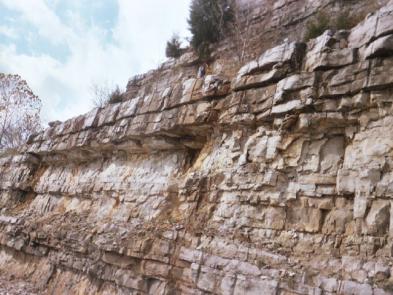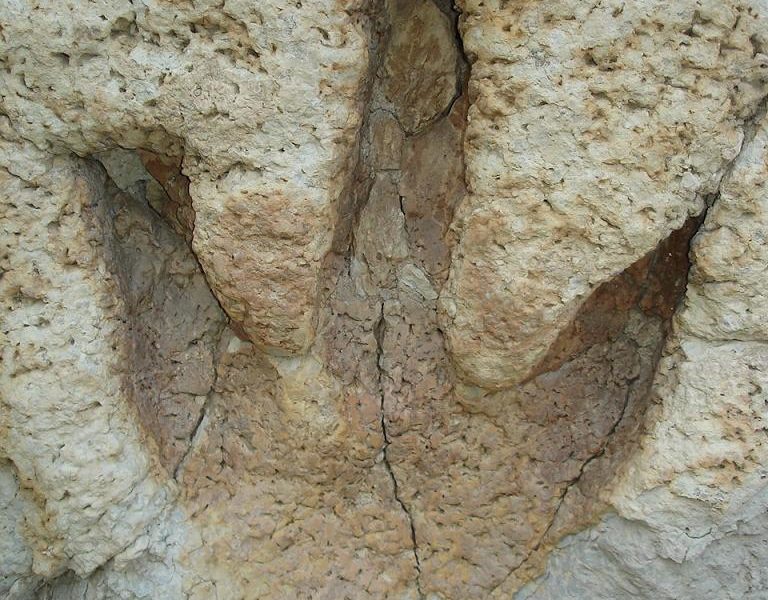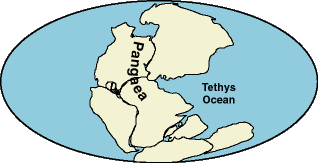The next time you’re traveling with the kids and need to stop for a break, look for a roadcut with a large safe shoulder to walk around. Call attention to the rock layers visible on the surface of the cut, and ask children for their ideas about what caused the layers. Depending on the age of the child, topics of discussion can include:
- the type of rocks and how they formed (most formed as sediments deposited as they settled out of water)
- fossils that may be found in the rocks (type of organisms give further hints about the conditions under which the rocks formed)
- the angle of the rock layers (sediment laid down underwater would form horizontal rock layers; if there are angled rock layers, how did they get that way?)
Help children understand that the farther below the surface, the older the rock layer. An analogy about building a brick wall may help younger children understand . . . the bricks at the bottom of the wall were put down first and the bricks at the top where added last. If fossils are present in the rock layers, talk about which of the organisms are older than others.
When you’re back on the road, encourage children to use their imaginations to draw what the area might have looked like when the rock layers were forming. If you found fossils, have them draw what the living organism might have looked like based on the fossil remains.



